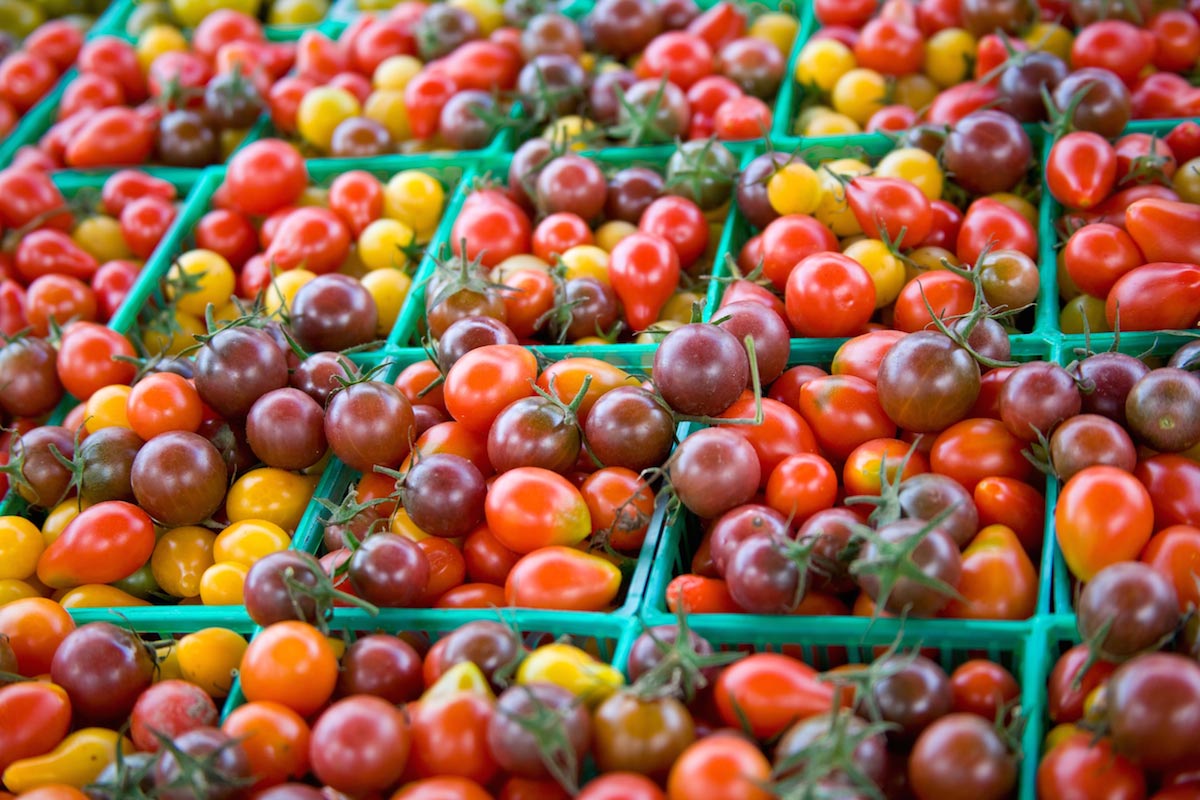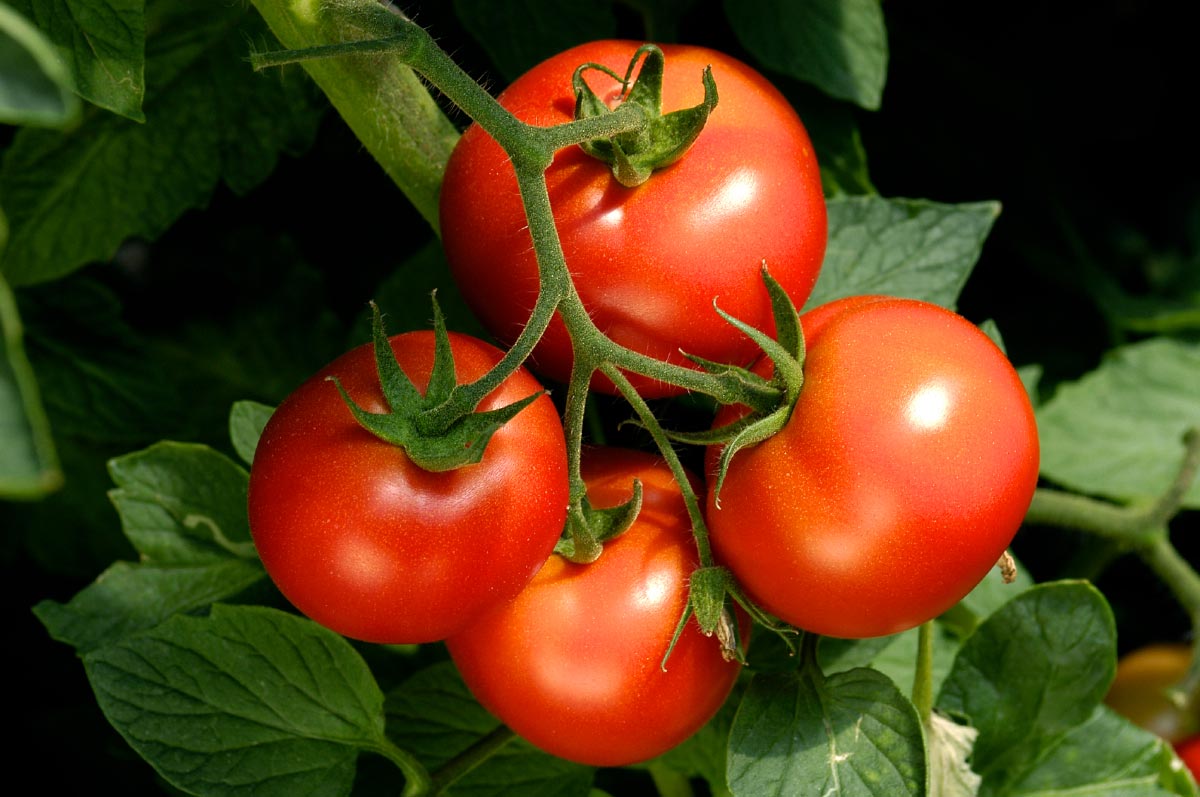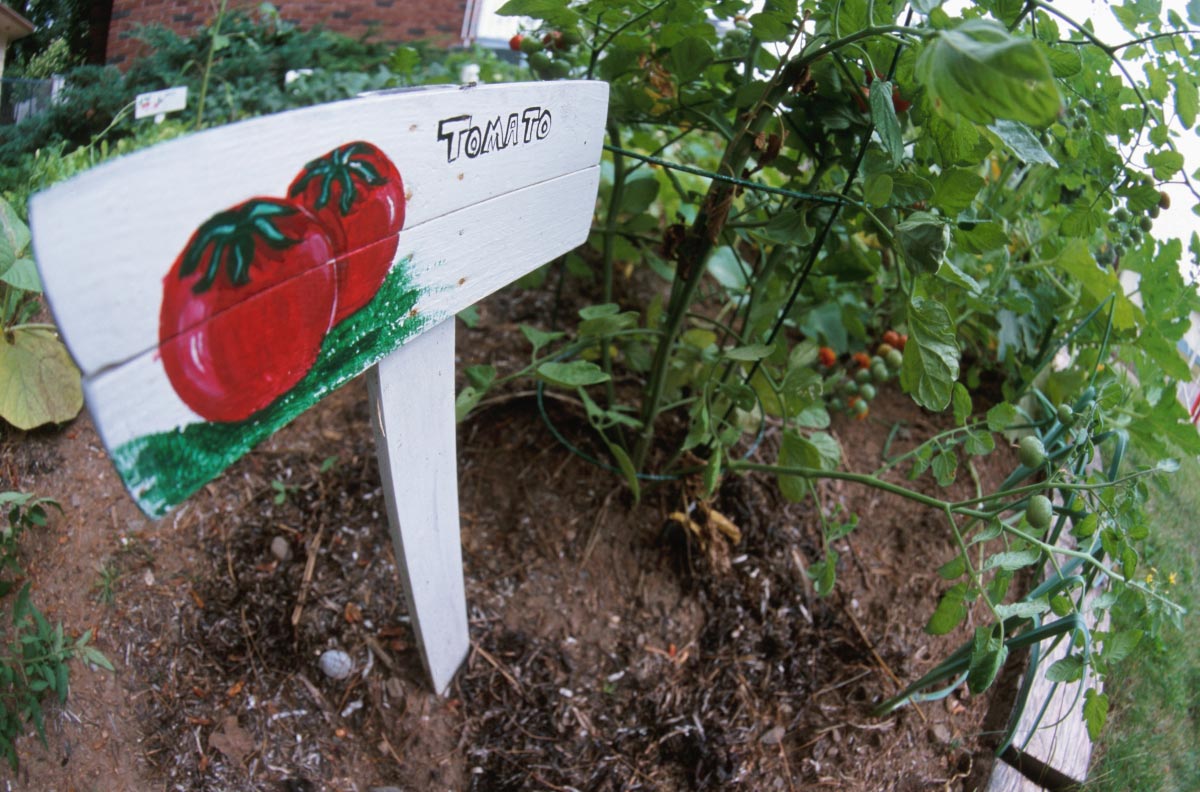Grow bigger, fatter, better tomatoes
03/09/2016 / By usafeaturesmedia

(Homesteading.news) One of our favorite fruits and veggies is the tomato, and why not – they are tasty, fairly easy to grow, can be used in many recipes, are perfect for salads, can be canned, dried and used in a wide variety of recipes all year long.
But as easy as tomatoes are to grow, there are some techniques, hints and tips that you can use to grow the best crop of tomatoes ever, and to continue to improve them each and every year.
As for what kind of tomatoes you want to grow, well, there are so many varieties you can take your pick. All will be better, juicier and more nutritious than any tomato you buy from the supermarket, but again, you can make them even better.

Tomato plants take off pretty quickly, growing leaves and spreading outward and upward. However, once they begin producing more foliage, they will need much more attention to perform their best, producing lots of flowers and then lots of fruit.
You should know that tomatoes are great consumers of nutrients, so they will need a lot of them in order to reach their peak. That generally means fertilizing your soil with some natural compost; you want lots of worms and microbes in that soil.
The two key elements tomatoes need most in order to thrive is phosphorus, which promotes the growth of flowers and fruit; and calcium, which prevents blossom rot, the black, sunken hole on the blossom end of your tomatoes. To a much lesser degree tomatoes need nitrogen, but too much of this element will give you big, bushy, green tomato plants devoid of actual tomatoes.
The best tomatoes are produced when do your best to prepare the plant bed. If you have an established, but currently empty, bed, like, say, a raised bed, you should consider spreading a couple inches of compost. If you don’t have enough homemade compost you can usually purchase some good organic compost locally or buy it online.
The power of the elements: Discover Colloidal Silver Mouthwash with quality, natural ingredients like Sangre de Drago sap, black walnut hulls, menthol crystals and more. Zero artificial sweeteners, colors or alcohol. Learn more at the Health Ranger Store and help support this news site.
Once you spread the compost add a shallow sprinkling of balanced, all-purpose fertilizer, which you can also purchase locally or buy online.
After spreading your layers of compost and fertilizer, dig them into the bed using a spade fork, going only as deep as the fork. Next, rake your soil smooth and water the bed very well.
Wait a couple days to let the soil rest and settle back before you begin planting your tomato seedlings. Several experts say you should start with healthy plants that are anywhere from six inches to a foot tall, but others say once your seedlings reach a few inches tall you can plant them. Either way you want, the soil has been filled with nutrients and that is key.

The best times to plant are later in the afternoon when the sun is going down, to give your plants time to recover from the shock of being transplanted. Cloudy days are even better. Tip: Post-hole diggers are excellent to use when digging holes in which to plant tomatoes.
At the bottom of the hold consider putting some natural fertilizer in – fish heads, for example – followed by a couple of aspirin tabs [for the health-boosting salicylic acid effect], some egg shells [for the calcium boost] and an additional half-cup of organic fertilizer. Cover with a few inches of soil, then water that in.
Next comes the tomato seedlings; pinch off the lowest two or three stems and loosen the root ball with your hands. Fill the hole with enough soil to reach the last set of leaves you just pulled off. Make a small well around the plant [indentation] with your fingers; don’t tamp the soil down too much as it will settle on its own.

Finally, water your new plants, using about a gallon of for each plant. After that, your tomato plants should only need a deep watering about once or twice a week, depending on your climate. Oh, and you’ll need to invest in some sturdy plant stakes; as your plants grow, they’ll produce so much fruit you’ll need to support them to prevent them from breaking their branches with heavy fruit.
Happy planting!
Homesteading.news is part of the USA Features Media network of sites.




















